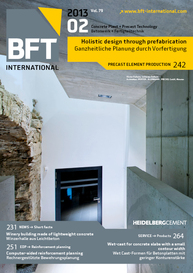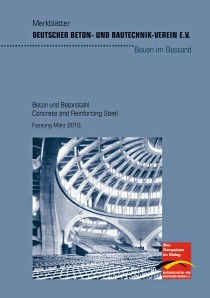Flowable Filling concrete in practice
Specific tasks in concrete construction, e.g. supplementing concrete in thin layers, can only be realized with flowable concrete. For these purposes, special types of flowable concretes have been in use for some time. Typical applications are the filling of joints or for casting columns in sleeve foundations. The main difference between flowable filling concretes and concretes based on EN 206-1/ DIN 1045-2 is the consistency and the higher powder content. For this reason, they are subject to the control of the regulatory authorities. For the flowable filling concretes commonly in use for some...





